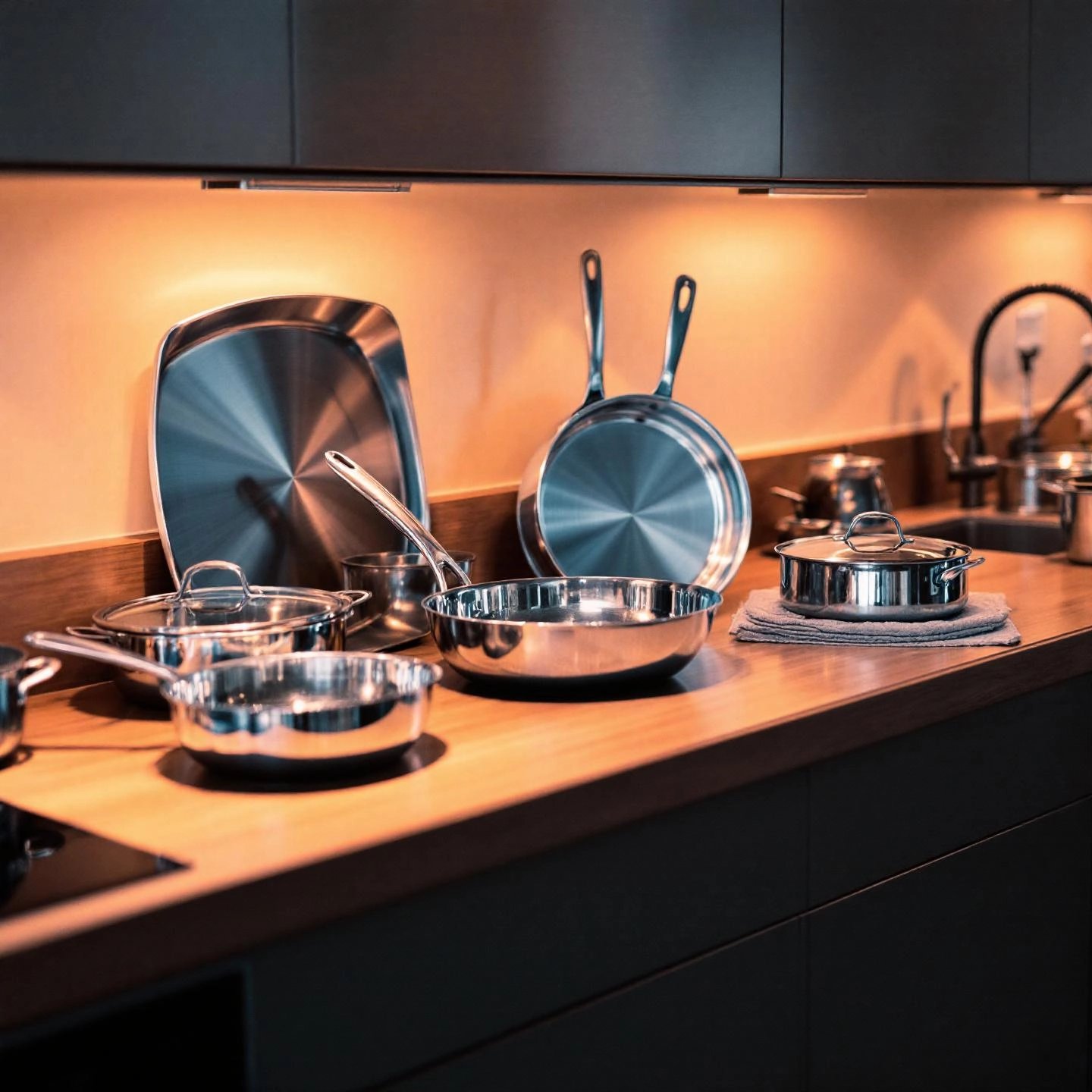
Have you ever pulled a casserole from the oven, only to find the edges burnt while the center remains undercooked? Or maybe you’ve tried to serve a crowd, but your pan just wasn’t big enough? If so, you’re not alone. Whether you’re a home cook prepping weeknight dinners, a caterer planning for dozens, or an event planner organizing a feast, understanding aluminum pan sizes is a game-changer in the kitchen.
Why does pan size matter so much? The answer is simple: the right pan ensures even cooking, helps you portion food accurately, and keeps meal prep efficient. Imagine roasting vegetables in a pan that’s too small—everything steams instead of caramelizing. Or picture lasagna in a pan that’s too deep, resulting in a soggy bottom. Choosing the correct pan size can make the difference between a kitchen win and a culinary mishap.
This guide is designed to demystify aluminum pan sizes for everyone. We’ll break down standard sizes, compare full and half pans, and provide an aluminum pan sizes chart for quick reference. You’ll also find tips for selecting the perfect pan for baking, roasting, catering, and more. By the end, you’ll have the confidence to choose the right pan for any recipe—no more guessing, no more kitchen surprises.
Ready to make your kitchen more efficient and your meals more delicious? Let’s dive in and explore the world of aluminum pans, one size at a time.
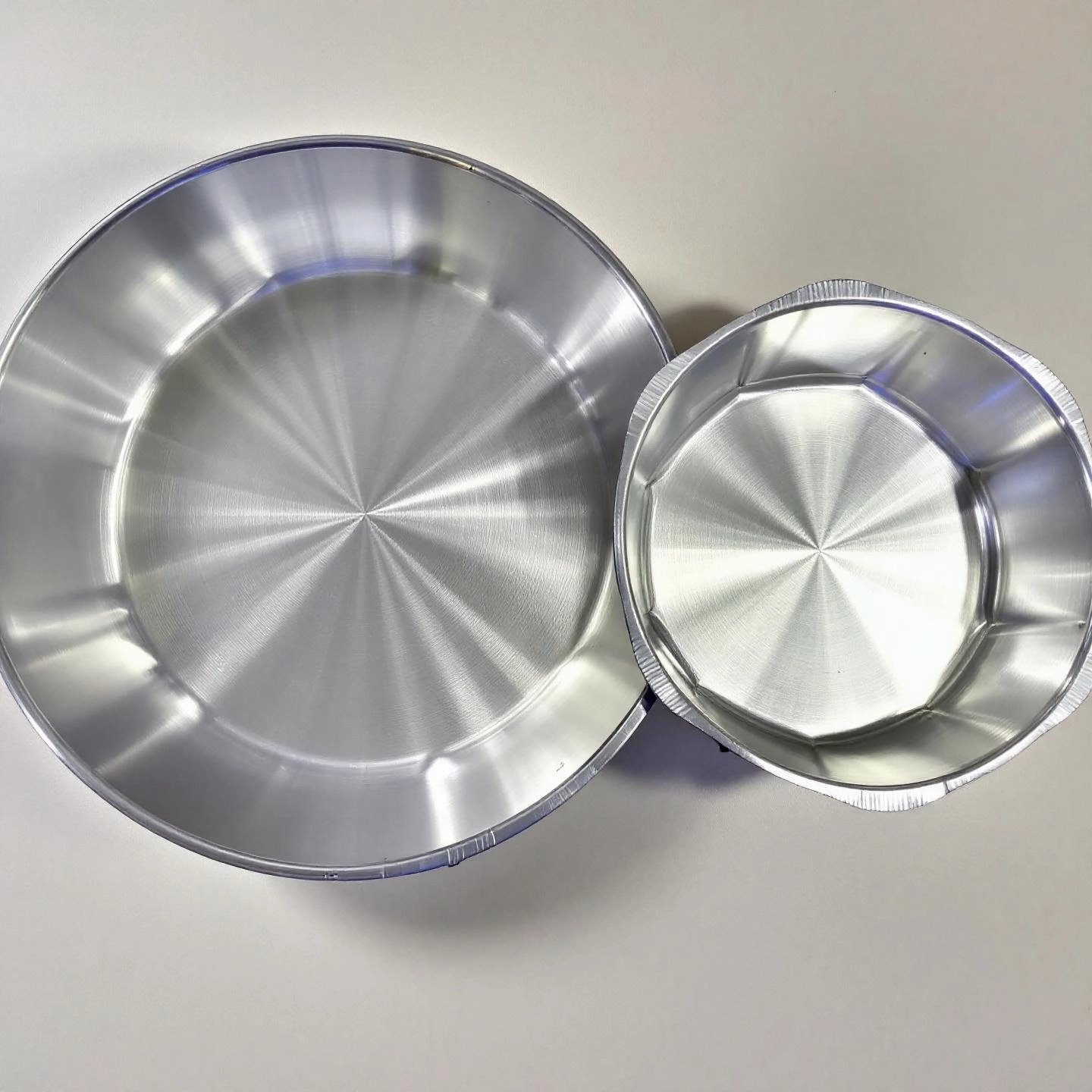
When you’re planning a meal or prepping for an event, you’ll quickly encounter a key decision: should you use a full size aluminum pan or a half size aluminum pan? Sounds complex? It doesn’t have to be. Let’s break down what these terms mean and how choosing the right size can streamline your cooking, serving, and storage.
Imagine you’re catering a large family gathering or setting up a buffet. The full size aluminum pan is the industry workhorse for big batches. Its generous surface area and depth make it ideal for feeding crowds and serving main dishes.
Because of their size, full pans fit perfectly in standard chafing dishes and steam tables, ensuring even heating and easy serving throughout an event. Their large capacity also minimizes the number of pans you need to manage, keeping things efficient in busy kitchens.
Now, picture prepping sides or smaller entrees—this is where the half size aluminum pan shines. It’s half the length of a full pan but just as versatile, making it a favorite for both home cooks and professionals.
Half size pans are easy to handle and fit conveniently in residential ovens. They’re also the go-to choice when you want to split different dishes in a single steam table. In fact, two half size pans can sit side-by-side in the space of one full size pan, making it simple to serve multiple items at the same station.
| Pan Type | Standard Dimensions (L x W) | Typical Depth Range | Common Uses |
|---|---|---|---|
| Full Size | 20 3/4" x 12 3/4" | 1 11/16" – 3 3/8" | Main courses, large casseroles, buffets |
| Half Size | 12 3/4" x 10 3/8" | 1 1/2" – 4 3/16" | Side dishes, salads, desserts, meal prep |
Choosing between a full size aluminum pan and a half size aluminum pan often comes down to your menu and guest count. If you’re serving a crowd or need to keep food hot for extended periods, full size pans are your best bet. For smaller gatherings, more menu variety, or easier oven use, half size pans offer flexibility and convenience.
Now that you know the difference, you’re ready to explore even more pan options. Next, we’ll dive into a comprehensive guide to all the standard aluminum pan dimensions—so you can match every recipe to the perfect fit.
Ever found yourself staring at a stack of pans, wondering which one fits your recipe—or your oven? When it comes to aluminum pan sizes in inches, the choices can feel endless. But don’t worry: once you learn how standard pans are sized and named, picking the right one becomes second nature.
In commercial kitchens and home settings alike, aluminum pans are often called by fractional names—full, half, third, quarter, and sixth pans. These names refer to how many of each size fit into a standard full-size steam table or chafer. For example, two half pans or three third pans will fill the same space as one full pan. You might also hear these called "hotel pans," "steam table pans," or "service pans." All these terms point to the same family of standardized pans designed for flexibility and efficiency.
Let’s break it down with a handy aluminum pan size chart. This table lists the most common pan sizes, their typical dimensions in inches, and familiar nicknames you’ll hear in kitchens everywhere (Katom):
| Pan Name / Nickname | Standard Dimensions (L x W) | Typical Depths Available | How Many Fill a Full Pan? |
|---|---|---|---|
| Full Size (Hotel Pan) | 20 3/4" x 12 3/4" | 2 1/2", 4", 6" | 1 |
| Half Size | 12 3/4" x 10 3/8" | 2 1/2", 4", 6" | 2 |
| Third Size | 12 3/4" x 6 7/8" | 2 1/2", 4", 6" | 3 |
| Quarter Size | 10 3/8" x 6 3/8" | 2 1/2", 4", 6" | 4 |
| Sixth Size | 6 7/8" x 6 3/8" | 2 1/2", 4", 6" | 6 |
| Ninth Size | 4 1/4" x 6 3/8" | 2 1/2", 4" | 9 |
These measurements are the industry standard, but always check your manufacturer for slight variations—especially with rim width and corner design.
Now, imagine you’re preparing lasagna, roasted veggies, or a hearty stew. The depth of your pan can make all the difference. Here’s how to decide:
Still unsure? Picture this: a shallow half pan is your go-to for crisp roasted Brussels sprouts, while an extra-deep full pan is ready to handle a bubbling tray of baked ziti for a crowd.
Standardized aluminum pan sizes in inches mean you can mix and match pans in steam tables, chafers, and ovens without worrying about fit. This flexibility lets you serve multiple dishes side-by-side or swap out pans as needed, keeping your kitchen workflow smooth and your food service efficient.
With this aluminum pan size chart in hand, you’ll never have to second-guess which pan to grab for your next recipe. Up next, we’ll show you how pan capacity and serving size can help you plan meals and events with confidence.
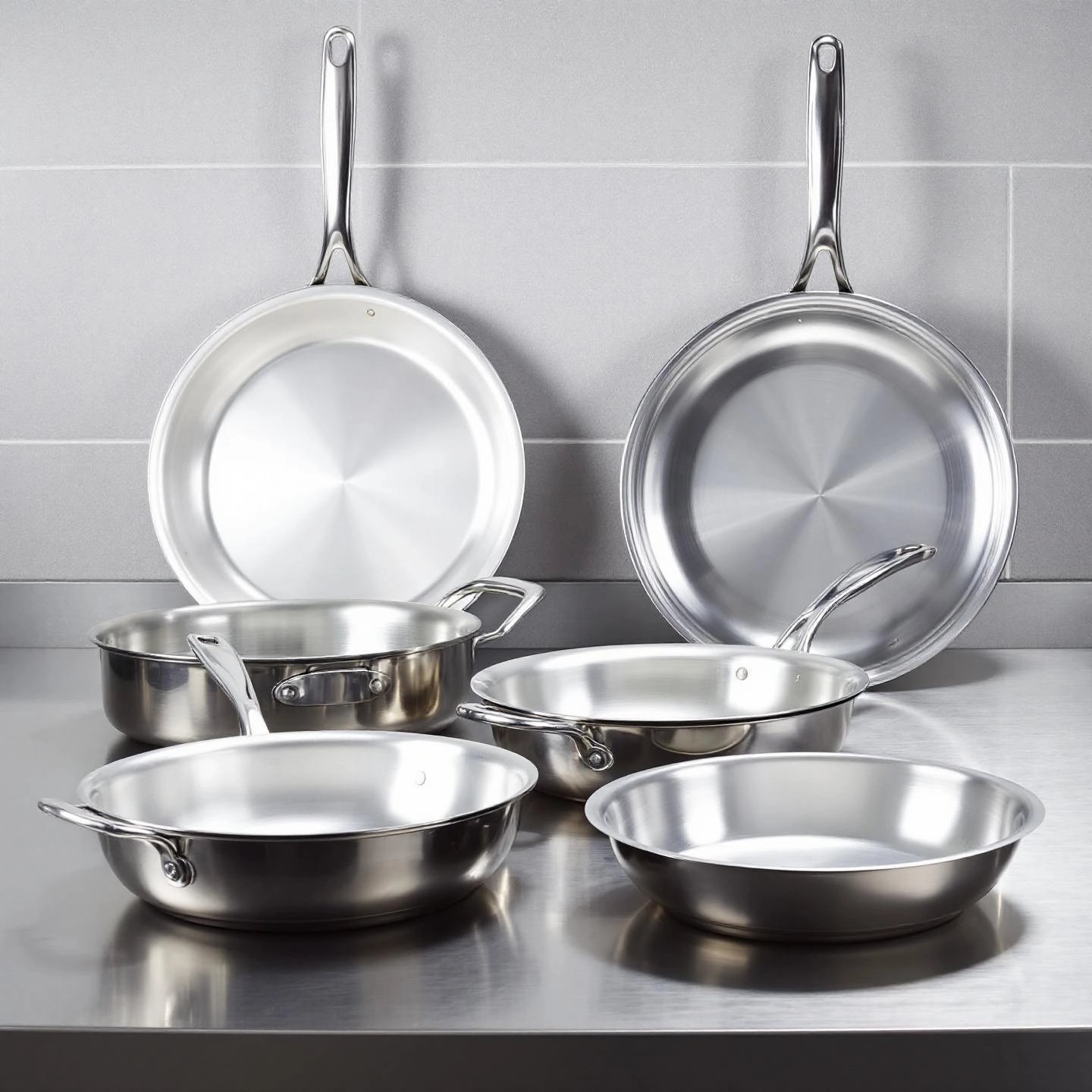
Ever wondered how much macaroni and cheese you can fit in a half pan? Or if a full-size pan will handle enough salad for your next potluck? When you’re planning a recipe or prepping for a big event, knowing aluminum pan capacity and estimated serving sizes is the key to avoiding last-minute surprises. Let’s break it down so you can cook—and serve—with confidence every time.
Imagine prepping for a family reunion, only to realize your pans aren’t big enough—or way too big—for your dish. That’s where understanding aluminum pan serving size comes in. Whether you’re portioning soup, lasagna, or roasted veggies, matching the right pan to your recipe means:
But how do you know which pan holds what? That’s where our detailed chart comes in handy.
Below is a practical chart matching the most common aluminum pan sizes to their typical liquid capacities and estimated servings. Remember, serving sizes can vary depending on the dish—hearty casseroles serve fewer per pan than lighter salads. Use this as a starting point, and adjust as needed for your menu.
| Pan Size (Type) | Standard Dimensions (L x W x H) | Typical Capacity (Quarts/Liters) | Estimated Servings* | Common Uses |
|---|---|---|---|---|
| Full Size (Hotel Pan) | 20 3/4" x 12 3/4" x 2 1/2" | 8-9 qt (7.6-8.5 L) | 20-24 (main dish), 35-40 (side) | Large casseroles, pasta, salads, roasts |
| Full Size Deep | 20 3/4" x 12 3/4" x 4" | 14-15 qt (13.2-14.2 L) | 35-40 (main), 50+ (side) | Soups, stews, layered dishes |
| Half Size | 12 3/4" x 10 3/8" x 2 1/2" | 4-5 qt (3.8-4.7 L) | 8-12 (main), 15-18 (side) | Casseroles, baked desserts, sides |
| Half Size Deep | 12 3/4" x 10 3/8" x 4" | 7-8 qt (6.6-7.6 L) | 15-20 (main), 25-30 (side) | Lasagna, baked pasta, layered bakes |
| Third Size | 12 3/4" x 6 7/8" x 2 1/2" | 3 qt (2.8 L) | 6-8 (main), 10-12 (side) | Vegetables, smaller casseroles |
| Quarter Size | 10 3/8" x 6 3/8" x 2 1/2" | 2 qt (1.9 L) | 4-6 (main), 8-10 (side) | Brownies, small bakes, sides |
| Sixth Size | 6 7/8" x 6 3/8" x 2 1/2" | 1 qt (0.95 L) | 2-3 (main), 4-5 (side) | Dips, toppings, dressings |
*Estimated servings assume a main dish portion of about 1 cup (8 oz) per person, and a side dish portion of about 1/2 cup (4 oz). Actual portions may vary based on the dish and your audience.
With this chart in hand, you’ll never have to guess how much your pan will hold or how many guests you can serve. Next, we’ll explore how pan size, depth, and material thickness can impact your baking and roasting results—helping you make the best choice for every dish.
Ever pulled brownies from the oven only to find the edges overdone and the center still gooey? Or maybe your roasted veggies turned out more steamed than crispy? If so, you’ve experienced firsthand how choosing the best pan for baking or roasting isn’t just about shape—it’s about size, depth, and even the thickness of your pan. Let’s break down how these factors impact your results and how you can make the right choice every time.
When you swap pan sizes, you change the surface area and depth of your dish. This affects how heat circulates and how quickly food cooks. Imagine spreading brownie batter in a pan that’s too large—your brownies bake thin and dry. Use a pan that’s too small, and the batter might overflow, leading to a gooey, undercooked center. The same goes for roasting: a crowded pan steams your veggies instead of caramelizing them.
For best results, always match your recipe’s recommended pan size—or adjust baking times and temperatures if you must substitute. If you’re adapting a recipe, remember that a deeper pan may require a longer bake, while a shallower pan can speed things up and create more browning.
Tip: If you’re using a glass or ceramic dish, reduce oven temperature by 25°F, as these materials retain heat longer and can overcook the edges before the center is done.
By paying attention to pan size, depth, and material, you’ll notice a big difference in everything from golden roasted potatoes to moist cakes and perfectly set casseroles. Next, we’ll look at how professional kitchens use standardized pans for catering and steam tables—helping you scale up for any occasion.
When you’re planning a buffet, a catered event, or even a large family gathering, have you ever wondered why those pans always seem to fit perfectly into chafers and steam tables? That’s no accident—it’s the result of a highly standardized system of steam table pan sizes that makes serving food at scale efficient, safe, and seamless. Let’s break down how these standards work, what features to look for, and why quality matters for both home and professional kitchens.
Imagine you’re setting up a catering line. You need pans that fit snugly into steam tables, keep food hot, and allow for easy swapping as dishes run low. This is where the standardized system of hotel pan sizes shines. The industry uses a fractional sizing system based on the full-size hotel pan, which measures approximately 20 3/4" x 12 3/4". All other pans—half, third, quarter, sixth, and even ninth—are designed to fit together in various combinations within the same footprint. This flexibility allows you to serve multiple dishes side-by-side or swap out empty pans without disrupting your service flow (WebstaurantStore).
| Pan Size | Dimensions (L x W) | How Many Fit in a Full Steam Table? |
|---|---|---|
| Full Size | 20 3/4" x 12 3/4" | 1 |
| Half Size | 12 3/4" x 10 3/8" | 2 |
| Third Size | 12 3/4" x 6 7/8" | 3 |
| Quarter Size | 10 3/8" x 6 3/8" | 4 |
| Sixth Size | 6 7/8" x 6 3/8" | 6 |
| Ninth Size | 4 1/4" x 6 3/8" | 9 |
Because these sizes are universal, you can mix and match them in a steam table or chafer to create the perfect food service layout—whether you’re serving entrees, sides, or sauces.
Not all pans are created equal—especially when they’re used in demanding environments. Here are the key features to look for in professional-grade steam table pans:
When you’re serving dozens—or hundreds—of guests, safety and durability are non-negotiable. High-grade aluminum pans resist corrosion, clean up easily, and maintain their shape even after repeated use. They’re also lightweight yet strong, making them easier to handle during prep, service, and cleanup.
For professionals and serious home cooks alike, quality is an investment. That’s why manufacturers like Shengxin Aluminum set the standard in the industry, offering pans engineered for both performance and longevity. Their expertise in aluminum manufacturing ensures that every pan delivers consistent results and stands up to the rigors of daily service.
In summary, understanding steam table pan sizes and choosing pans with professional-grade features allows you to serve food efficiently, safely, and with confidence. Next, let’s explore how disposable foil pans compare—so you can decide when convenience or durability is most important for your kitchen or event.
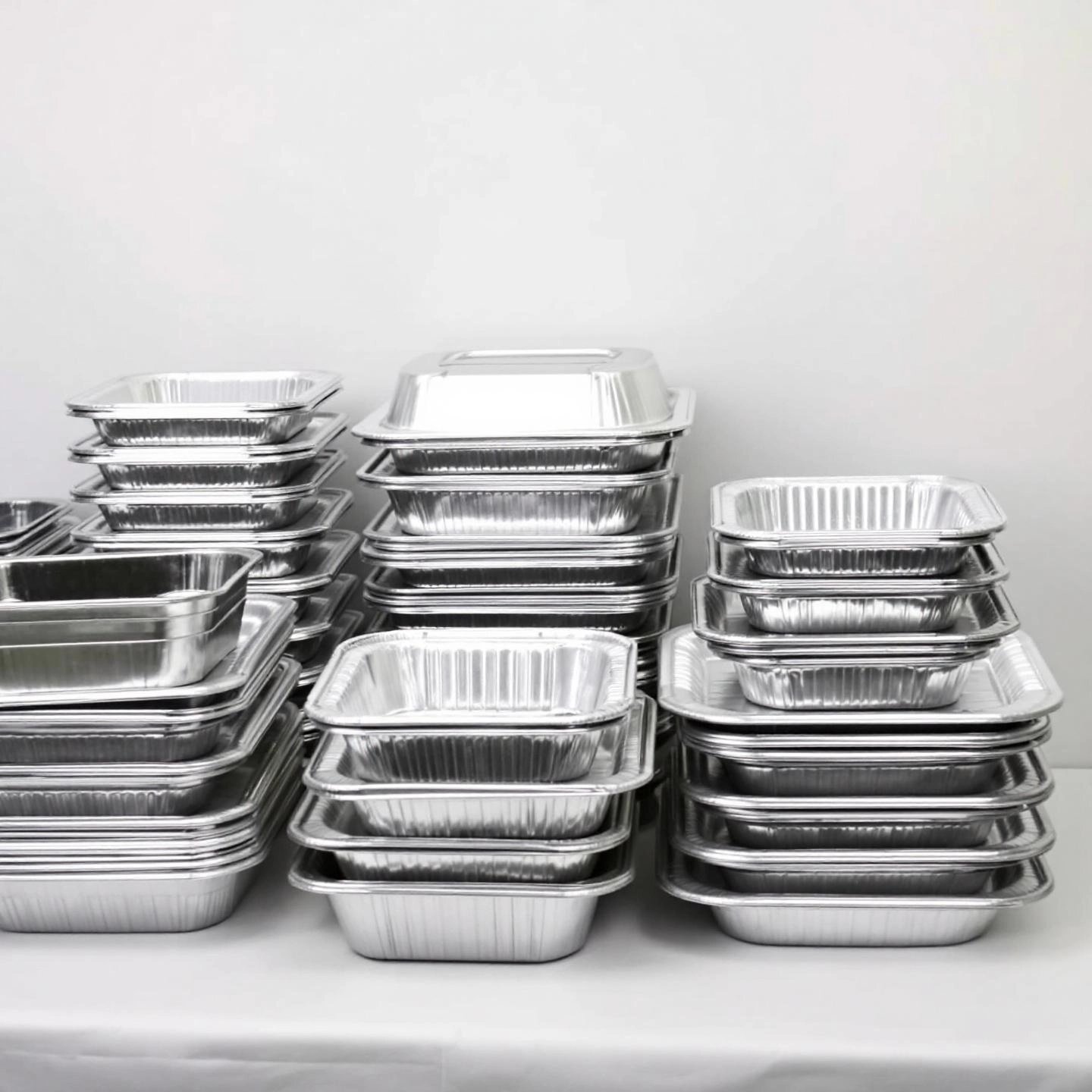
When you’re prepping for a big event, weeknight dinner, or holiday potluck, disposable aluminum pans might feel like a lifesaver. But have you ever wondered why some foil pans hold up beautifully while others buckle under the weight of your lasagna? Or why certain pans bake evenly, while others leave you with burnt edges? Let’s break down what makes disposable aluminum pans so popular—and what you need to know to pick the right one for your needs.
Imagine hosting a family reunion: you want easy cleanup, quick transport, and no worries about getting your bakeware back. That’s where disposable pans shine. But their benefits go beyond convenience:
Of course, the very qualities that make these pans convenient can also present challenges. Before you reach for a stack of foil pans, consider:
Ever picked up a foil pan and thought, “This feels flimsy,” or, “Wow, this one’s sturdy”? That’s all about foil pan thickness, measured in gauge. Here’s a quick guide:
| Foil Type | Gauge (Approximate) | Best For |
|---|---|---|
| Standard-Duty | 55 gauge (0.00062" thick) | Everyday baking, covering pans, light foods |
| Heavy-Duty | 80 gauge (0.0009" thick) | Baking, roasting, transporting heavier dishes |
| Extra Heavy-Duty | 135 gauge (0.0013" thick) | High-heat cooking, freezing, bulky or dense foods |
The higher the gauge, the thicker and sturdier the pan. For dense casseroles or dishes you’ll transport, choose heavy or extra heavy-duty pans to prevent bending and spills. For lighter tasks or single-use needs, standard-duty pans may suffice.
Not all disposable pans are created equal. The quality of the aluminum stock—its purity, gauge, and manufacturing standards—directly impacts performance and safety. Leading manufacturers like Shengxin Aluminum are known for supplying high-quality, food-safe aluminum that’s both durable and reliable, ensuring your disposable pans hold up under pressure and maintain food safety standards.
Ultimately, disposable aluminum pans offer unmatched convenience and versatility, but choosing the right thickness and quality ensures your food arrives safely and looks its best. Next, let’s discuss how the right lid can make all the difference in transport and serving—keeping your dishes fresh and spill-free from kitchen to table.
Ever tried transporting a tray of lasagna only to discover the sauce has leaked everywhere? Or maybe you’ve stacked pans for a party, hoping nothing spills or gets cold before serving. If so, you’ve already learned how essential the right aluminum pan lids can be for both home cooks and professionals. But what makes a lid truly effective? Let’s break down the options and why choosing the right foil pan with lid can make all the difference.
When it comes to covering your pans, not all lids are created equal. Each type brings unique benefits depending on your dish, storage method, and serving plan. Here are the most common options you’ll encounter:
It’s tempting to overlook lids as an afterthought, but they’re crucial for keeping your food in top condition from kitchen to table. Here’s why the right lid is a must-have:
Imagine prepping trays for a catering event: with secure lids, you can stack, transport, and serve without worrying about spills or soggy results. Whether you’re using a foil pan with lid for a family dinner or stacking dozens for a banquet, the right lid keeps your food protected and presentation-ready. Next, let’s see how all these choices come together when picking the ideal pan for a classic dish—like creamy, crowd-pleasing mac and cheese.
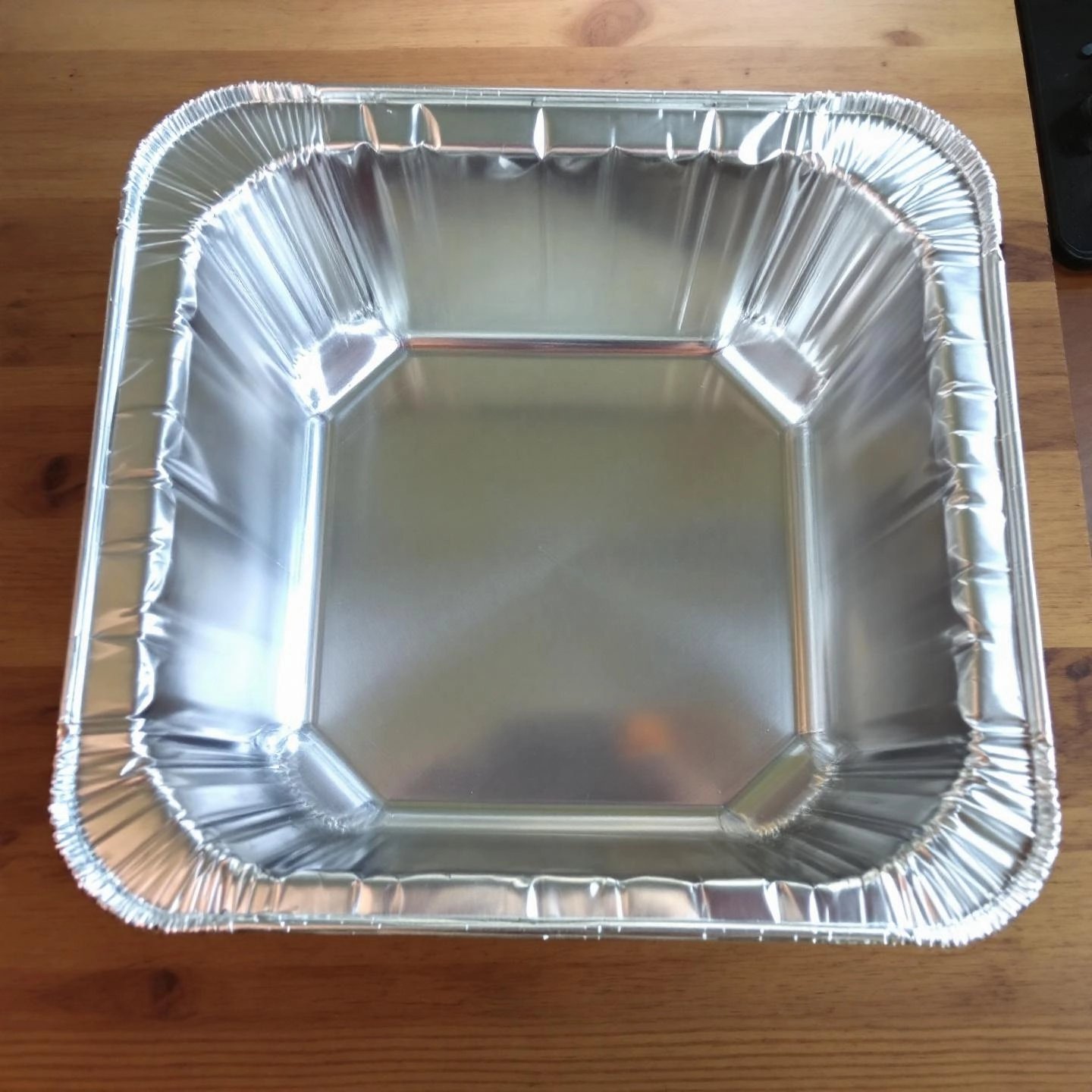
When it comes to comfort food, few dishes spark as much debate as baked macaroni and cheese. Do you crave those golden, crunchy edges—or do you go for a creamy, gooey center? The answer to this question can help you pick the best pan for mac and cheese and ensure every bite matches your vision. Let’s walk through the process of selecting the right mac and cheese pan size—and why it matters more than you might think.
Imagine you’re prepping for a family dinner or a potluck. You’ve got your noodles, cheese, and secret mix-ins ready. But before you pour everything into a pan, ask yourself: what do you want the final dish to look and taste like?
Choosing the best pan for mac and cheese isn’t just about size—it’s about matching the pan’s depth and surface area to your desired results. Whether you love crispy edges or a luscious, creamy center, the right mac and cheese pan size lets you serve up a dish everyone will remember. Next, we’ll wrap up with a summary of key takeaways, so you can master aluminum pan sizes for any kitchen occasion.
Ever found yourself second-guessing which pan to grab for your next big dinner or event? If so, you’re not alone. Navigating the world of aluminum pans can seem overwhelming—but as you’ve seen in this aluminum pan sizes guide, finding the perfect fit is easier than you think. Let’s recap the essentials so you can step into your kitchen with confidence and make every meal a success.
Imagine prepping your favorite dish and knowing, without a doubt, that it’ll turn out just the way you want—no more burnt edges or soggy centers. That’s the power of understanding pan sizes and capacities. With the information from this guide, you’re equipped to choose the right aluminum pan for any kitchen project, from weeknight dinners to large-scale catering.
For those seeking professional results or sourcing pans for business use, remember that investing in quality pays off. Manufacturers like Shengxin Aluminum bring decades of expertise and innovation, ensuring every pan meets high standards for safety and performance.
So, the next time you open your cabinet or plan a menu, use this guide as your go-to resource. Happy cooking—and here’s to perfectly baked, roasted, and served meals every time!
Standard aluminum pans include full size (20 3/4" x 12 3/4"), half size (12 3/4" x 10 3/8"), third, quarter, and sixth sizes. Each fits a specific need, from large casseroles to dips, and is designed for compatibility with steam tables and chafers.
Select a pan based on your recipe's volume, desired texture, and number of servings. Use shallow pans for crispy results, deep pans for layered dishes, and refer to capacity charts to avoid overflows or underfilling. Matching pan size to your dish ensures even cooking and easy portioning.
Full size pans are ideal for large-batch cooking and fit standard chafers, while half size pans are better for smaller portions or menu variety. Two half size pans equal one full size in a steam table, offering flexibility for serving multiple dishes.
Thicker (lower gauge) pans are sturdier, resist warping, and are best for heavy or dense foods. Choose heavy-duty or extra heavy-duty pans for roasting or transporting, and standard-duty for lighter tasks. Quality aluminum, like that from Shengxin Aluminum, ensures durability and food safety.
Lids keep food secure, retain heat, prevent spills, and enable easy stacking. Common lid types include foil, cardboard, and clear plastic domes—each suited for different transport, storage, and presentation needs.
 serviço on-line
serviço on-line 0086 136 3563 2360
0086 136 3563 2360 sales@sxalu.com
sales@sxalu.com +86 136 3563 2360
+86 136 3563 2360